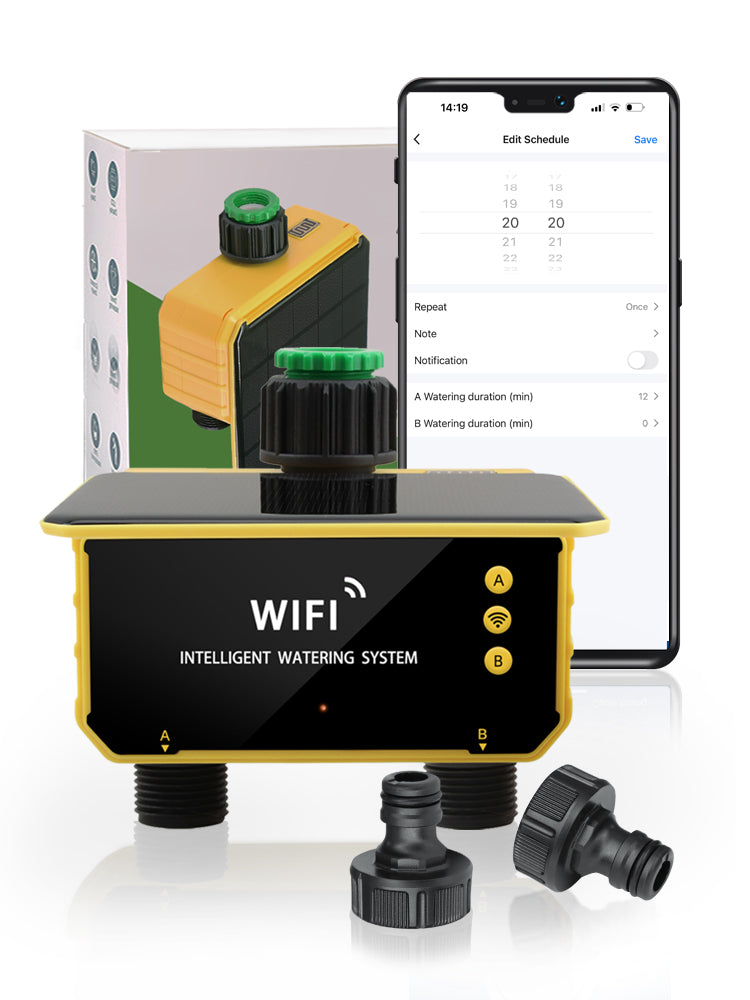How to Choose a Garden Water Timer: A Comprehensive Guide
A garden water timer, also known as an irrigation timer or watering timer, plays a crucial role in ensuring plants receive the right amount of water at the right times. Choosing the right garden water timer involves considering several key factors to effectively meet your specific gardening needs.
1. Types of Garden Water Timers
Garden water timers come in various types, each suitable for different applications:
- Mechanical Timers: These timers are simple and reliable, operated manually via a mechanical dial. They are suitable for basic watering schedules.
- Digital Timers: Providing more precise control, digital timers allow programming watering schedules down to the minute. They often feature LCD displays for easy monitoring and adjustment.
- Smart Timers: Connected via Wi-Fi or Bluetooth, smart timers enable remote control via smartphone apps. They offer advanced scheduling options and real-time monitoring capabilities.
2. Watering Requirements and Schedule
Consider the watering needs of your garden:
- Frequency: Determine how often plants need watering. Some timers allow you to set watering frequencies daily, every other day, or at specific intervals.
- Duration: Based on plant types, soil moisture, and climate conditions, decide on the duration of watering sessions.
3. Water Source and Compatibility
- Water Source: Ensure the timer is compatible with your water source (e.g., faucet, hose, or drip irrigation system).
- Pressure and Flow Rate: Check if the timer can handle the water pressure and flow rate of your system to avoid inefficiencies or damage.
4. Power Source
- **Battery vs. Solar**: Consider the power source. Battery-operated timers are common and easy to maintain but require periodic battery changes. Solar-powered timers are environmentally friendly and suitable for sunny locations.
5. Additional Features
- Rain Delay: Some timers include a rain delay feature, automatically pausing watering schedules during rainy periods to conserve water resources.
- Manual Override: Choose timers with manual override options to start or stop watering outside of programmed schedules.
6. Installation and Setup
- Ease of Installation: Select timers that are easy to install and program. Ensure they come with clear instructions or online support.
- User Interface: Consider a user-friendly interface—intuitive controls and displays make programming and monitoring simpler.
7. Budget and Quality
- Quality: Choose timers made from durable materials that can withstand outdoor conditions and ensure long-term reliability.
- Budget: Set a budget based on your gardening needs and preferred features. Compare different models to find the best value.
8. Maintenance
- Regular Checks: Periodically check batteries (if applicable), clean filters, and ensure secure connections to prevent malfunctions.
Conclusion
Choosing the right garden water timer involves evaluating your garden’s watering needs, considering timer types and features, and ensuring compatibility with your water system. By understanding these factors, you can select a timer that effectively enhances plant health, conserves water resources, and simplifies your gardening routine.
Enjoy your gardening journey with the perfect garden water timer!

